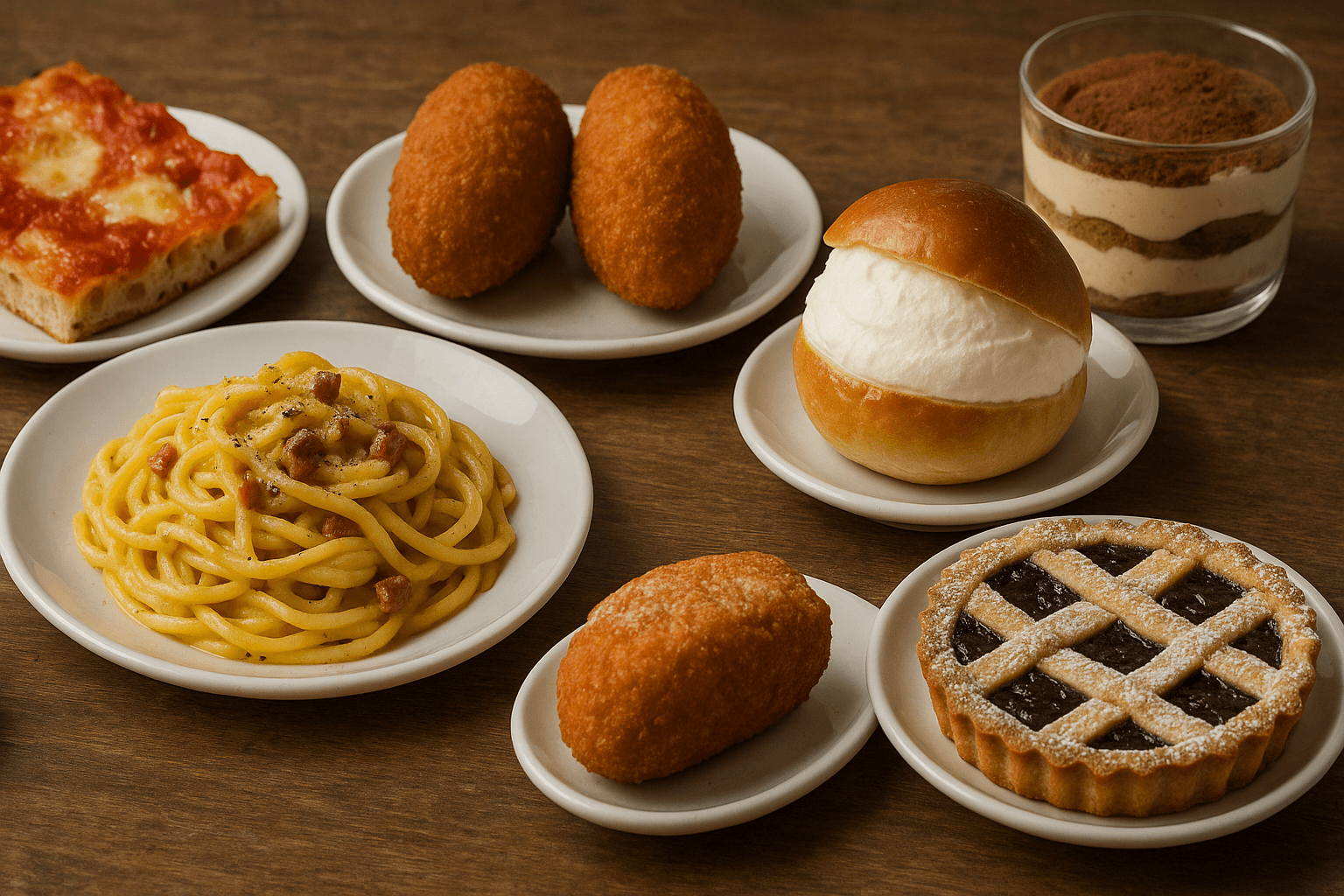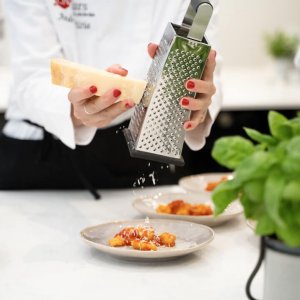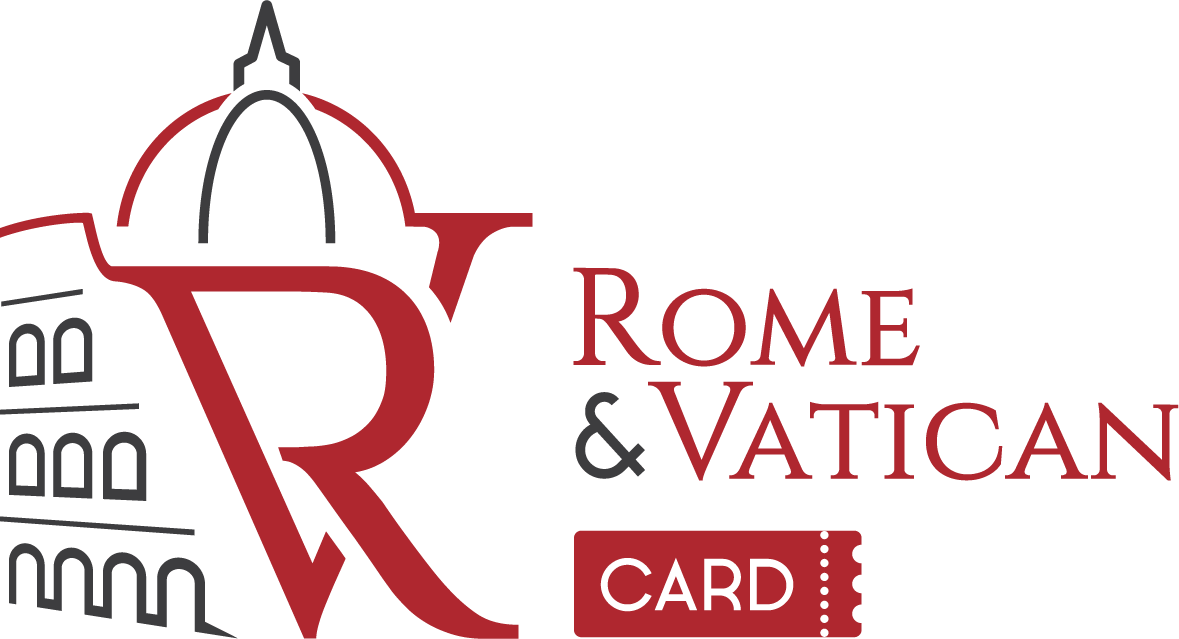Top things to eat in Rome: 10 must-try dishes, carbonara, gnocchi and maritozzi
- 7 min read
Rome is a city that tells its story through flavors. From creamy Carbonara to crunchy Roman pizza, every bite reveals centuries of history and passion. Tourists searching for the top things to eat in Rome will find not just meals, but a true cultural experience — one that starts in bustling trattorias, continues through lively food markets, and ends in the sweetness of a maritozzo or tiramisù. This guide explores the most authentic dishes every traveler should try to taste the real soul of the Eternal City.

1. Pasta: the four classic Roman dishes
As a matter of fact, Rome’s identity begins with its four pasta masterpieces—Carbonara, Amatriciana, Cacio e Pepe, and Gricia. Each is born from humble origins yet delivers an explosion of flavor.
- Carbonara combines eggs, pecorino Romano, guanciale, and black pepper. Comparatively, it’s richer and creamier than many Italian pastas, and as has been noted, the secret lies in not using cream—only egg and cheese emulsified by technique.
- Amatriciana, on the other hand, offers a bold tomato-based sauce. As shown above, it is made with guanciale and pecorino, capturing the countryside’s essence.
- Cacio e Pepe represents minimalism: cheese, pepper, and pasta water. Consequently, it’s as pure and intense as Roman cuisine gets.
- Gricia, often called the “white amatriciana,” is less famous but equally traditional, made before tomatoes reached Europe. Although simpler, its taste is profound.
As can be seen, these pastas are not just meals—they are cultural symbols and undeniably among the top things to eat in Rome.

Rome cooking class: Fettuccine Alfredo and Tiramisu with TV MasterChef
2. Roman pizza: the most famous food in Rome
Roman pizza stands apart from its Neapolitan cousin. It’s thin, crisp, and well baked. Before biting into it, one notices the crackling sound — a texture that defines Roman style. Chiefly, pizza in Rome is found in two main types:
- Pizza tonda, the round, sit-down version, and
- Pizza al taglio, the rectangular slice sold by weight.
Correspondingly, tourists love grabbing a piece of pizza al taglio while exploring the city. Another key point is that toppings vary from simple margherita to potato and rosemary. As I have noted, its lightness makes it easy to eat anytime, proving it’s one of the top things to eat in Rome.

Rome: Pizza cooking class with professional TV Masterchef Italia
3. Gnocchi: Thursday’s culinary ritual
“Giovedì Gnocchi” — Thursday means gnocchi in Rome. As soon as midweek approaches, trattorias prepare trays of these soft potato dumplings. As an illustration, gnocchi are handmade, mixed with flour, and boiled until they float.
Another key point: sauces vary from rich tomato to gorgonzola or butter and sage. As a result, locals say gnocchi comfort both body and soul. Comparatively, joining a Roman cooking class offers tourists the chance to make them firsthand, creating unforgettable memories. Undoubtedly, this dish belongs on every list of the top things to eat in Rome.

Fresh pasta cooking class with professional Italian Chef
4. Coda alla vaccinara: the best Roman stew
Coda alla vaccinara, or oxtail stew, reflects the working-class roots of Roman cuisine. Despite its humble ingredients, this dish becomes tender and flavorful after hours of slow cooking. As long as the sauce thickens with celery, tomato, and a hint of cocoa, it transforms into pure comfort food. Correspondingly, it’s often served with bread to soak up every drop — another reason it ranks among the top things to eat in Rome.
5. Puntarelle: the most famous side dish in Rome
As has been noted, Romans love bitter greens, and puntarelle is their winter favorite. These curly shoots are cut thin, soaked in cold water, and served with anchovy-garlic dressing. Despite its simplicity, the flavor combination is sharp and refreshing. As well as accompanying meats, it adds balance to heavier dishes. Basically, no Roman meal feels complete without it.
6. Supplì: the most famous streetfood in Rome
Supplì, the crispy rice croquette with a molten mozzarella center, is as iconic as pizza. As a matter of fact, its name, supplì al telefono, refers to the melted cheese stretching like a telephone cord. Before modern snacks, this was Rome’s go-to street food. Comparatively, it’s the Roman answer to arancini, yet crunchier and filled with ragù. As can be seen, tasting one is essential among the top things to eat in Rome. Comparatively, joining a Roman cooking class offers you the chance to make them firsthand, creating unforgettable memories.
7. Trapizzino: the modern streetfood in Rome
Another key point of Roman street food evolution is Trapizzino, invented in the early 2000s. As shown above, it merges pizza dough and sandwich, filled with classics like chicken cacciatore or meatballs. Consequently, it offers tourists a handheld way to experience traditional flavors. At any rate, Trapizzino proves Rome still innovates without forgetting its roots.
8. Maritozzo: the typical Roman breakfast
Maritozzo, the cream-filled brioche, dates back to ancient Rome. Correspondingly, it was once a Lenten treat, sweetened with honey and raisins. As I have said, today it’s a breakfast favorite, filled with whipped cream so light it seems like a cloud. Before leaving Rome, every traveler should try one — it’s undeniably one of the top things to eat in Rome.
9. Crostata ricotta e visciole: a traditional Roman dessert
This dessert tells the story of Rome’s Jewish community. As has been noted, the crostata combines creamy ricotta with tangy sour cherry jam, layered inside a delicate crust. Comparatively, it balances sweetness and acidity perfectly. As much as tiramisù is known worldwide, this tart remains Rome’s local treasure.
10. Tiramisù: the most famous dessert in taly in Roman style
Although tiramisù originated in northern Italy, Roman pastry shops have made it their own. As can be seen, versions include pistachio, Nutella, and even espresso–soaked savoiardi.
FAQs
What food is Rome most famous for?
Rome is most famous for its four classic pastas (Carbonara, Amatriciana, Cacio e Pepe, Gricia). For a quick taste route, it’s suggested to try Carbonara for lunch in Trastevere, then sample pizza al taglio near the Vatican in the afternoon, and finish with supplì in Testaccio. This simple loop covers many of the top things to eat in Rome in one day.
What are the 4 classic Roman dishis?
They are Carbonara, Amatriciana, Cacio e Pepe, and Gricia.
Is Rome known for pizza or pasta?
Rome is known for both, but pasta leads the identity. Conversely, pizza has two Roman styles worth trying: pizza tonda (ultra-thin, crisp, sit-down) and pizza al taglio (rectangular slices, sold by weight). As soon as evening starts, many pizzerias fill up; booking a table is recommended after 7:30 pm.
What is must try food in Rome?
Must-try items include the four pastas, Roman pizza, supplì, trapizzino, puntarelle (in winter), and maritozzo. Another key point: add one slow-cooked dish such as coda alla vaccinara to understand Rome’s comfort food. Altogether, this short list covers the top things to eat in Rome without overwhelm.
What is a typical Roman breakfast?
Breakfast is quick and sweet: a cappuccino with a pastry at the counter. A maritozzo with whipped cream is the indulgent choice; otherwise, a cornetto semplice works. Before 11:00 am, cappuccino is common; after lunch, locals switch to espresso.
What is a traditional Roman Dinner?
Dinner often starts with a shared appetizer (supplì or fried zucchini flowers), then a pasta course, and finally a main such as saltimbocca alla romana or coda alla vaccinara, plus seasonal sides like puntarelle. As a matter of fact, dinner begins later than in many countries; 8:00–9:00 pm is normal.
What pasta dish is Rome known for?
Carbonara is the emblem. Because technique matters, the sauce is created by tossing hot pasta with eggs and pecorino off the heat, not by adding cream. As illustrated above, pairing with a glass of Lazio white wine keeps the dish balanced. For travelers, tasting Carbonara, Cacio e Pepe, and Amatriciana on the same trip ensures a solid grasp of the top things to eat in Rome.
